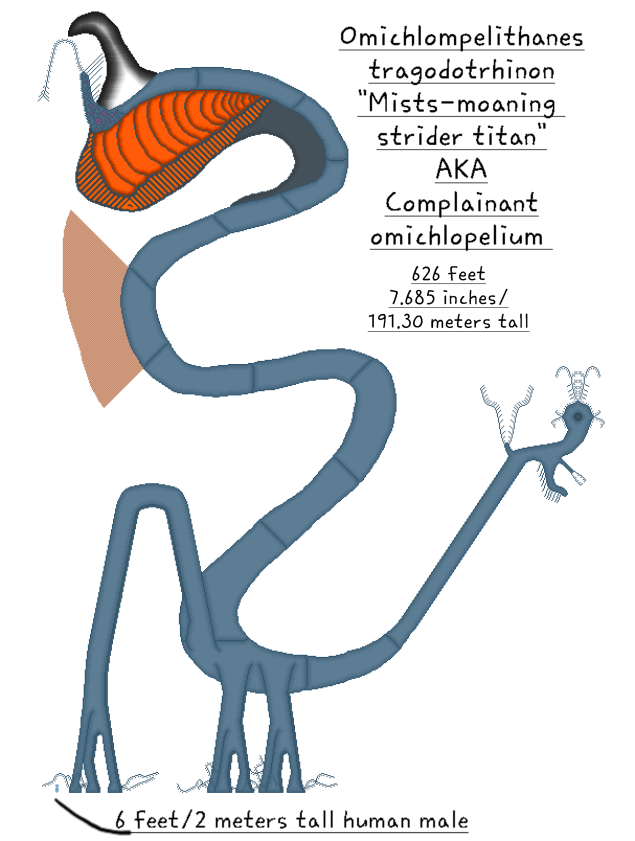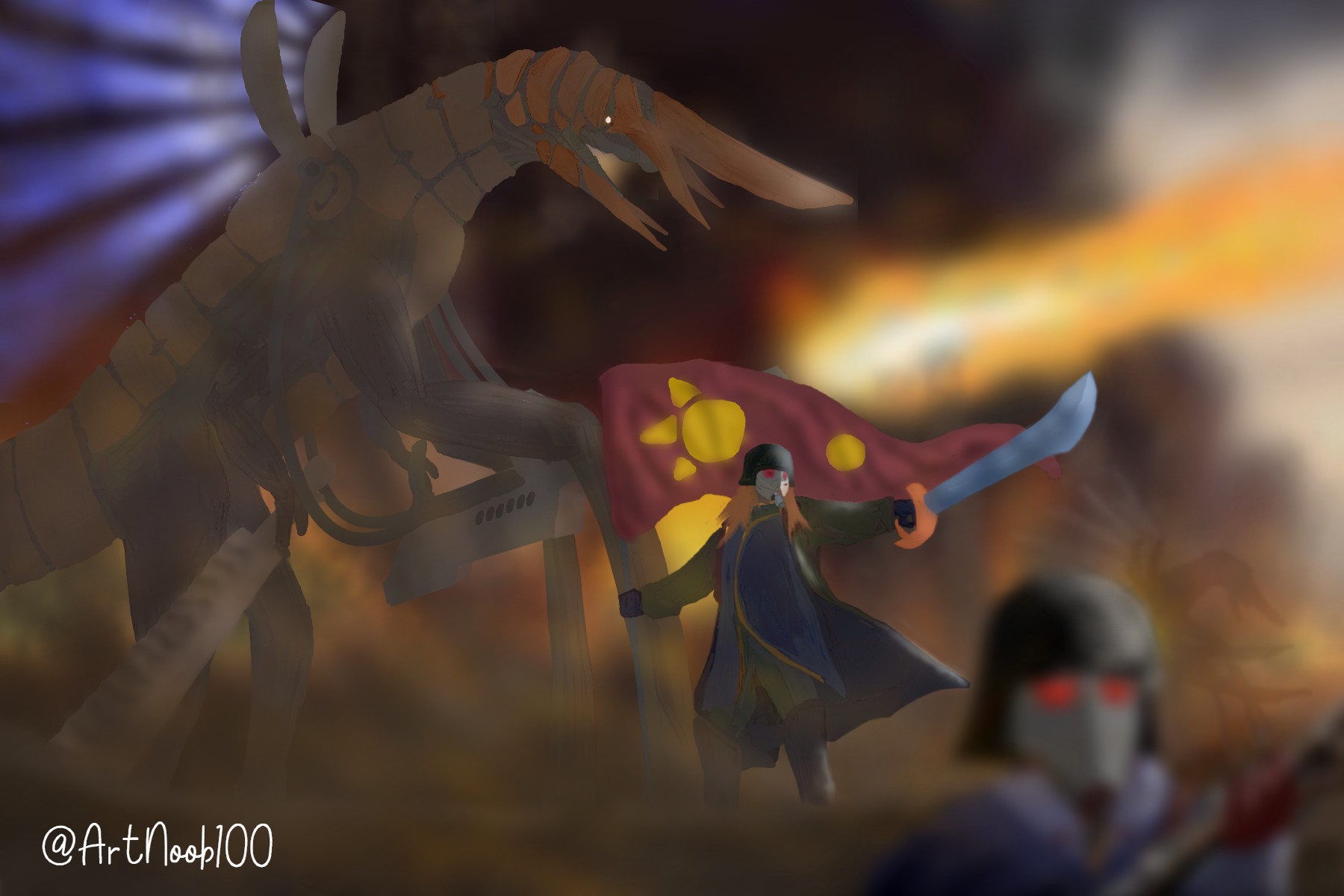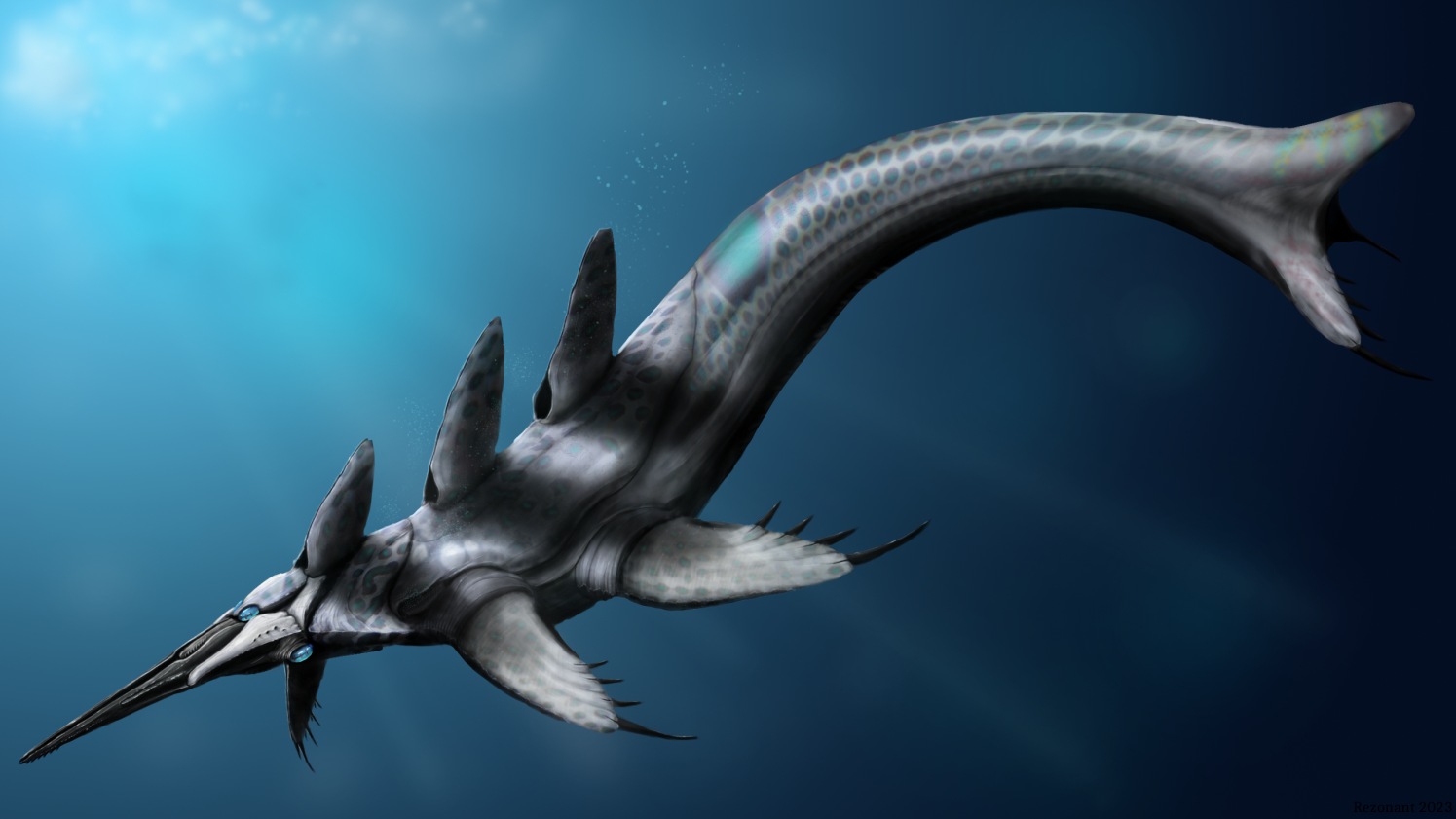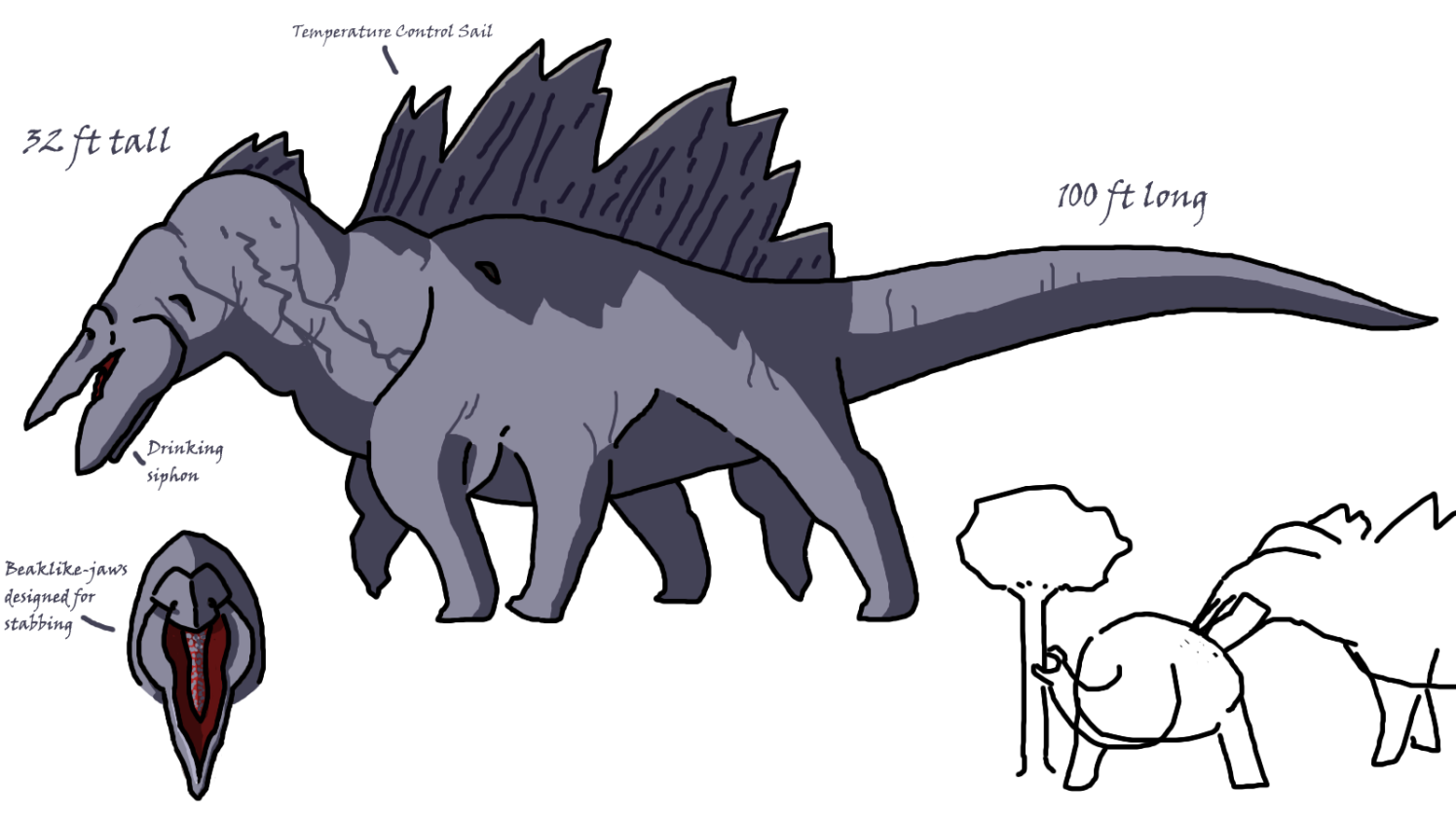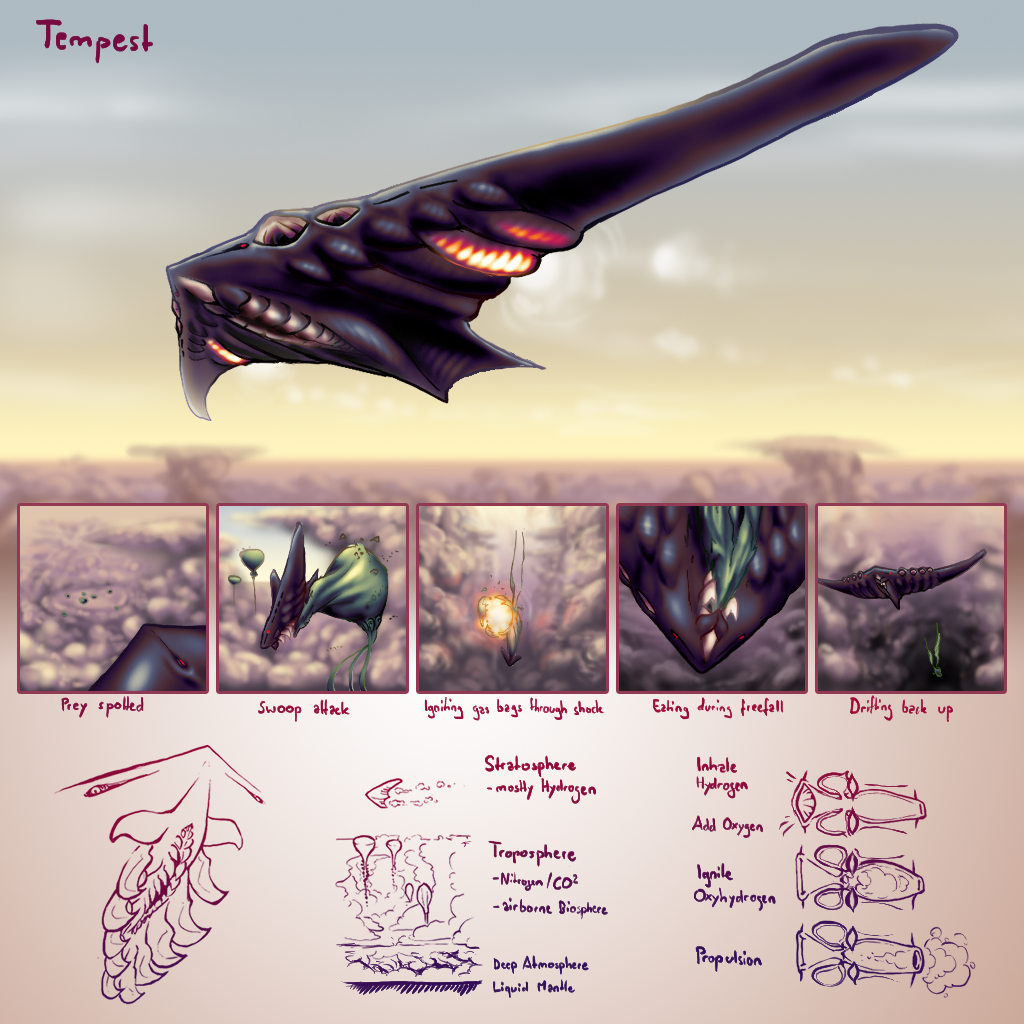Storm Serpent
In the mighty lakes of Southern Laksha, one may be quick to encounter its apex predator – the Storm Serpent. Despite its moniker, it bears little resemblance to traditional serpents. Instead, it takes on the form of a sleek and sinuous eel with a striking green metallic sheen. Bioluminescent patterns flicker along its slender body, […]
Continue Reading
